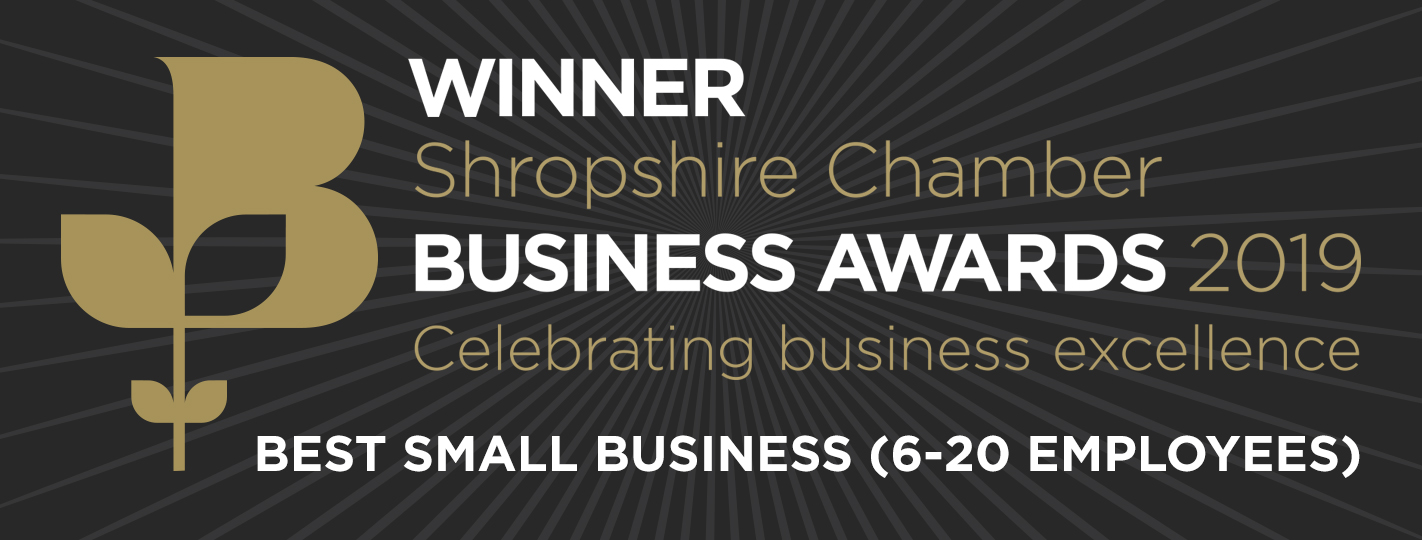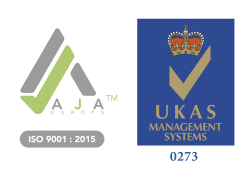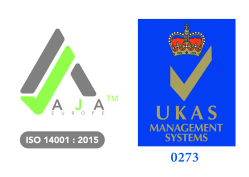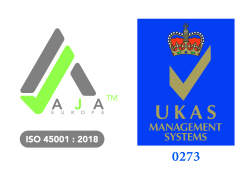Lets cut out discrimination: Being equal in your workplace.
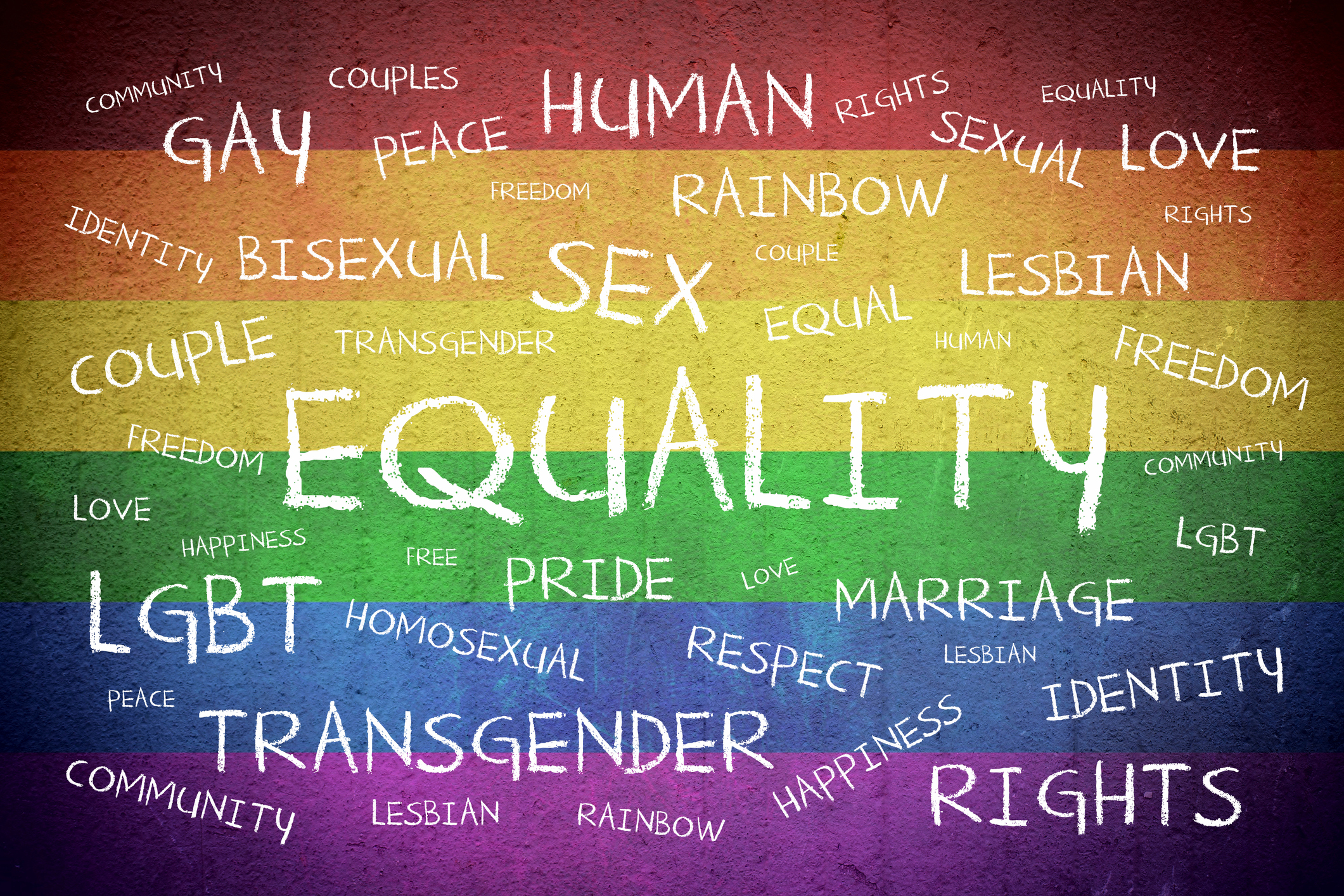
Even now in the 21st century we still find people hitting barriers in terms of being discriminated in the workplace. This could be for of a number of reasons where some people still think is acceptable?
Such as:
Gender
Race
Age
Religion
Colour
Skills
Occupation.
To name but a few!
Don’t assume, unless you know an individual’s background. There are 3 barriers that can lead to assumptions:



If you cannot tell someone's back ground, you cannot make an informed decision. Assumptions can lead to discrimination, stereotyping and prejudice. We often prejudge people based on looks, traits or the group they belong to. Our prejudices are developed from our previous experiences, our families and our associates.
It’s easy to make assumptions about people based on purely superficial characteristics, such as their vocation, sex, gender or even ethnic origins. This in turn can lead to discrimination.
Examples of this could be:
Men can’t multi task.
Women can’t drive.
Parking inspectors are evil.
Chinese are good at maths.
Discrimination.
The definition of discrimination is the unjust or prejudicial treatment of different categories of people. Discrimination occurs when an individual receives less favourable treatment than others in a similar circumstance based on the individual differences we identified earlier in this blog. This could be on the grounds of age, class status, religion, sexual orientation and other perceived differences.
The key to diversity and equality is to recognise that we have a diverse population, with diverse service needs. As an organisation, we have to aim to continually develop, diversify and change to meet the needs of both our employees and clients.
